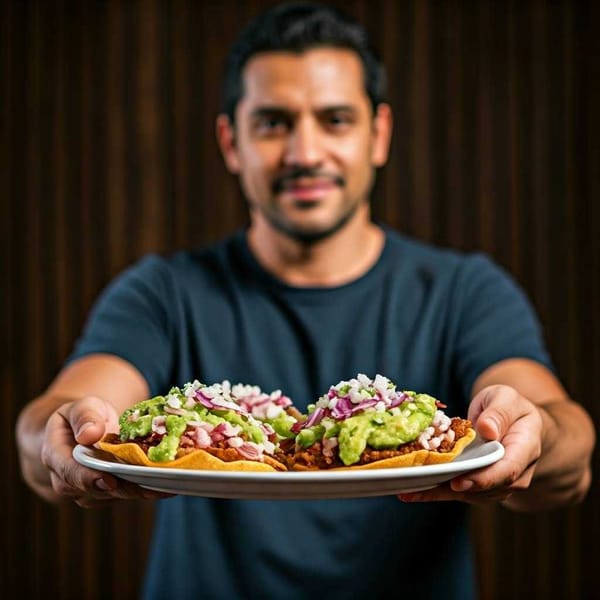The Economic Legacy of the Spanish Mint of New Spain
The Spanish Mint of New Spain began as a chaotic enterprise. Royal decrees brought order, transforming it into a vital economic engine for the empire. Despite wars and upheaval, the Mint survived, a testament to the enduring power of coinage.

When Spain's long arm stretched across the Atlantic Ocean, it wrapped its fingers firmly around the riches of New Spain. This burgeoning viceroyalty, with its seemingly inexhaustible mines and burgeoning population, needed order. And amidst the swirling chaos of conquest and colonization, order meant money. Thus, in 1535, Emperor Charles I, with a royal flourish and a pragmatic eye on the treasury, decreed the creation of a Mint.
But this wasn't a grand institution born with pomp and silver-polished circumstance. The early Mint was an almost hilariously disorganized affair. Think of it as less a bastion of meticulously stamped coins and more akin to a particularly rambunctious family business. You see, instead of a centralized structure, the Mint essentially hired out its work. Supervisors acted as free agents, bringing on their own staff and paying them directly. It was akin to watching a dozen bakers, each with their own ingredients and recipes, try to produce uniformly delicious loaves of bread. Chaos? Deliciously likely.
This organizational peculiarity, while perhaps amusing in hindsight, wasn't ideal for the Spanish Crown. Like many monarchs facing an economic puzzle, Philip V looked at the haphazard Mint in 1728 and saw coins leaking out of his control. Thus, a new ordinance arrived – the equivalent of a stern parent instructing the squabbling bakers to share the flour and stop fighting. The Crown stepped in, aiming to turn the Mint into a proper, predictable institution.
Yet, even the most organized parents sometimes miss the mark. The well-intended ordinance didn't quite solve the Mint's eccentricities. So, in 1732, a new Royal Charter swept in. This wasn't a gentle suggestion—it was a micromanager's manifesto. Every movement, every coin press, every worker's hand – meticulously outlined for maximum efficiency and control. It's the kind of document that likely caused eye-twitching among the more freewheeling staff of the Mint.
Why go to such lengths, you might ask? Because the Mint wasn't just crafting souvenirs. It was the beating heart of the viceroyalty's economic system. These coins weren't pocket change; they represented the flow of resources into the Crown's coffers, the very fuel of the sprawling Spanish empire.
The meticulous charter, as stifling as it might've felt to some, worked. Like wrangling a herd of particularly stubborn cats, the Mint came into line. Add in the viceroy's watchful eye and by the dawn of the 19th century, this formerly ramshackle operation churned out shiny coins like a well-oiled machine. Over 400 people toiled away, bringing in a staggering 30 million pesos annually.
The tale of the Mint of New Spain is a reminder that even the most vital institutions often spring from surprisingly humble, even comical origins. From its bumbling private-enterprise infancy to its heavily controlled maturity, the Mint's story is one of practicality, evolving governance, and a testament to the enduring power of that most precious of metals.
The Perplexing Workings of Mexico's Colonial Mint
Don Gustavo Pedraza de la Rosa felt a curious mix of excitement and the creeping dread one feels when confronted with a great sum of money. As superintendent of the Mexico City Mint, he was no stranger to gold and silver, but today was different. The stack of gold bars before him seemed to glow with an almost otherworldly aura. These were no ordinary ingots – this was insurgent gold. Captured from rebels fighting against the Spanish crown. There was enough here to disrupt economies, topple governments… or make him a very rich man.
He swallowed hard, reminding himself that he was a man of honor, of the Crown, and pushed any thoughts of grand larceny aside… for the moment.
The Machinery of the Empire
The Mint Fund of the General Archive of the Nation doesn't sound like a thrilling trove of history. But these dusty records tell the story of the beating heart of the Spanish Empire in the New World. They reveal a world built upon gold and silver, where the very act of creating currency was rife with procedures, intrigue, and the potential for both immense wealth and spectacular ruin.
The Mexico City Mint, like all enterprises of the empire, was a machine with four primary cogs: Reception, Riveting, Casting, and Coining. Any miner, or indeed any Spaniard lucky enough to stumble upon a gold nugget, could bring their treasure (provided it met strict quality standards) to the Mint. Here, it would start on a complex bureaucratic process.
Metal arrived under the watchful eye of the goalkeeper and scorer. Its weight was verified by a weighing judge (surely one of history's most coveted job titles), then passed to the treasurer and his accountant for fastidious recordkeeping. Think of these men as the border guards of the bullion empire.
Here's where our friend Don Gustavo would get involved. As superintendent, it was his job to ensure only approved metal entered the process. After duties were paid to the eternally cash-hungry Crown, the gold would be marked with a rivet, a guarantee of sorts marking it for its destiny as coinage.
Now, picture the foundry – not as a grimy, soot-choked affair, but more akin to an alchemist's laboratory. The smelter, assisted by his guards, would weigh and mix the precious cargo in clay vessels, a task requiring utmost precision, lest the coinage that emerged be debased. Think of them as the chefs charged with creating the perfect metallic recipe.
Ever vigilant, two assayers would test the resulting alloys. If satisfied, a faithful administrator would take custody of the molten potential. The final phase was an act of bureaucracy made manifest. It took no less than an accountant, treasurer, balancer, coin collector, coin keeper, and a notary public to count, audit, and finally approve the gleaming fruits of the Mint for public release.
It's easy to chuckle at the layers of officialdom, but remember, these coins didn’t just buy bread and wine. They were the lifeblood of empires, the tangible manifestations of authority, trust, and wealth.
Rebellion & Resilience
By the dawn of the 19th century, the cracks in the viceroyalty began to show. Uprisings and a yearning for independence swept the land… and with them a curious problem for the Crown. The rebels, just like any government, needed money, so the very coins supporting the Crown's authority might fuel its downfall. In a twist of pragmatism, the Crown allowed provincial mints to be built, ensuring the economy didn't collapse.
Think of it like a leaky dam; the Crown had to let some water out to keep the structure from failing entirely. This strange interplay between royal bureaucracy and the threat of rebellion was reflected in the records of these provincial Mints. The same meticulous procedures were followed, just with a tinge of desperation.
Don Gustavo, bless his honest heart, never did steal that insurgent gold. But he, like the countless unnamed workers of the Mint, is woven into Mexico's fabric. The Mint and its successors continued to strike the currency of an independent Mexico, an institution so vital it outlived empires. This is a story about far more than coins. This is the story of how ambition, authority, and even rebellion were forged into the very currency of a nation.
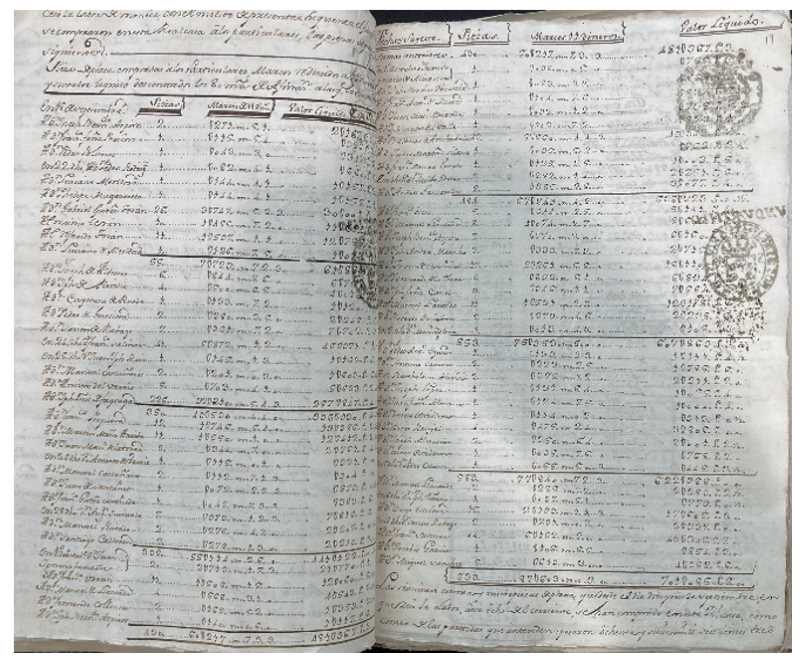
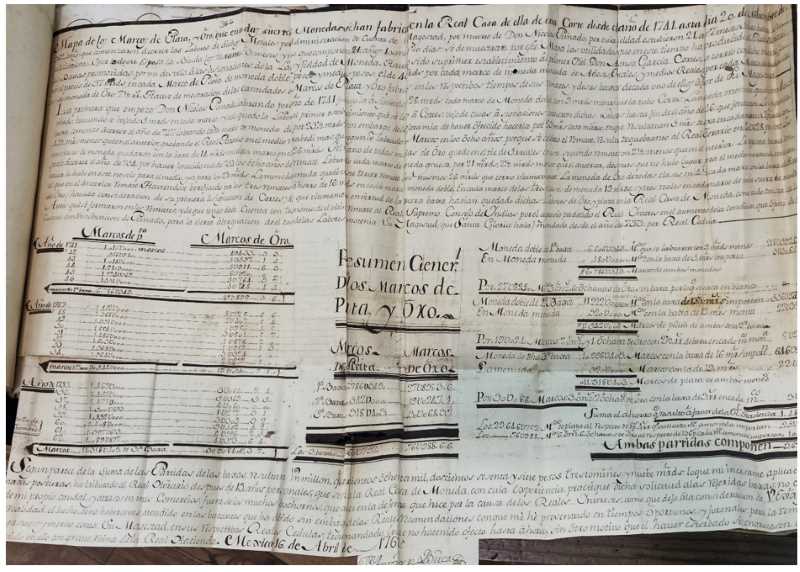
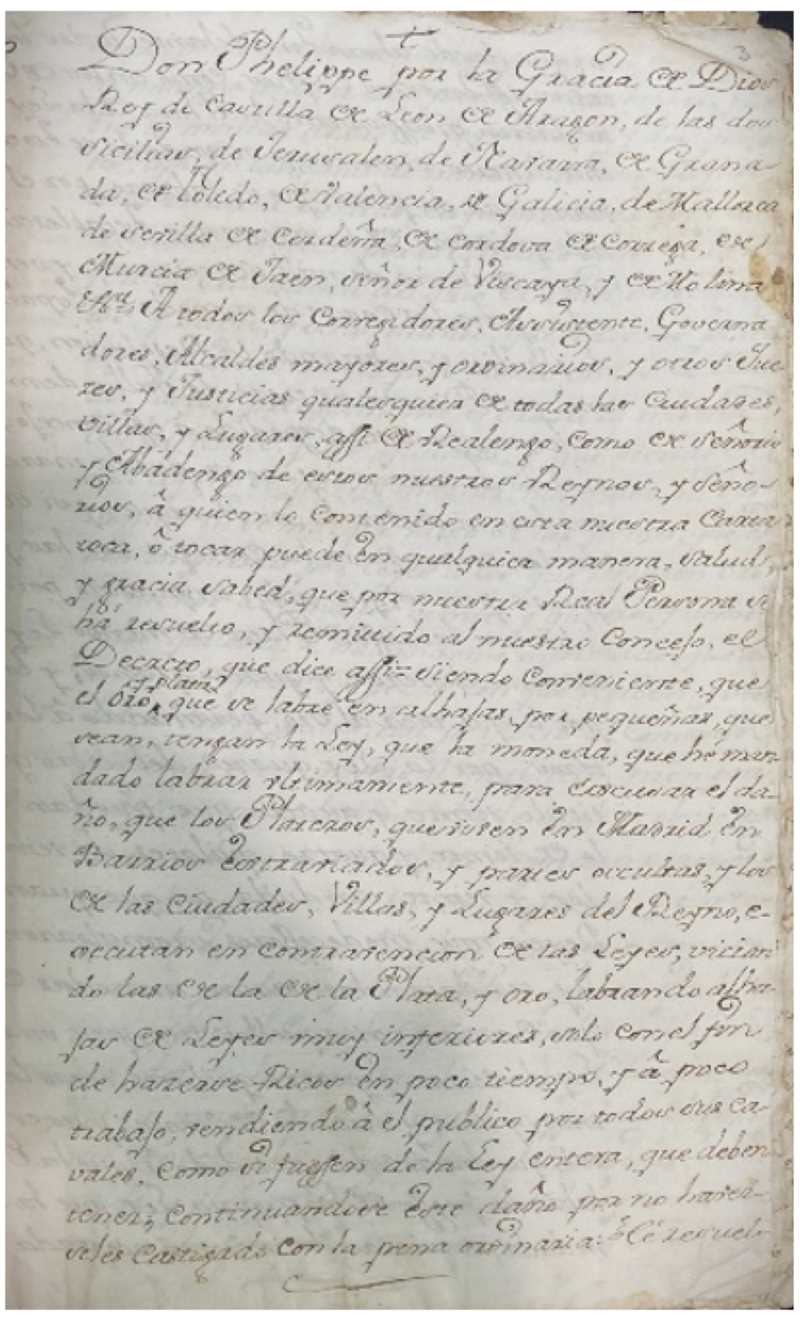
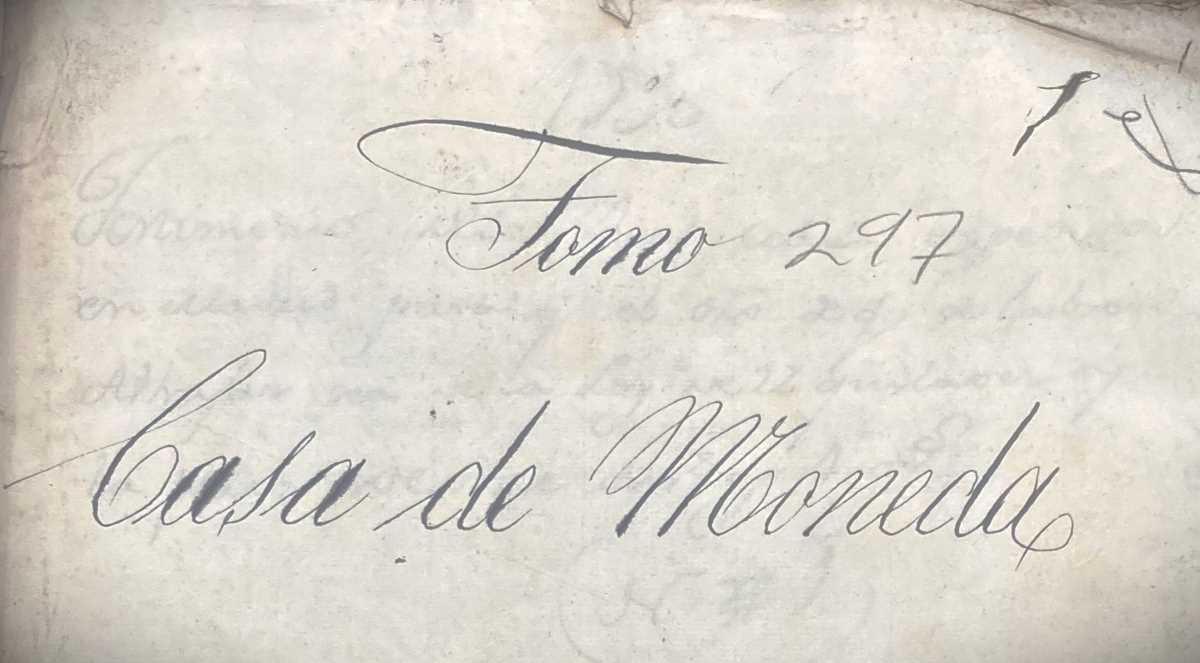
General Archive of the Nation/Colonial Institutions/Mint/Mint: Record Books/Volume 297/272131/1/File 1. Credit: AGN

